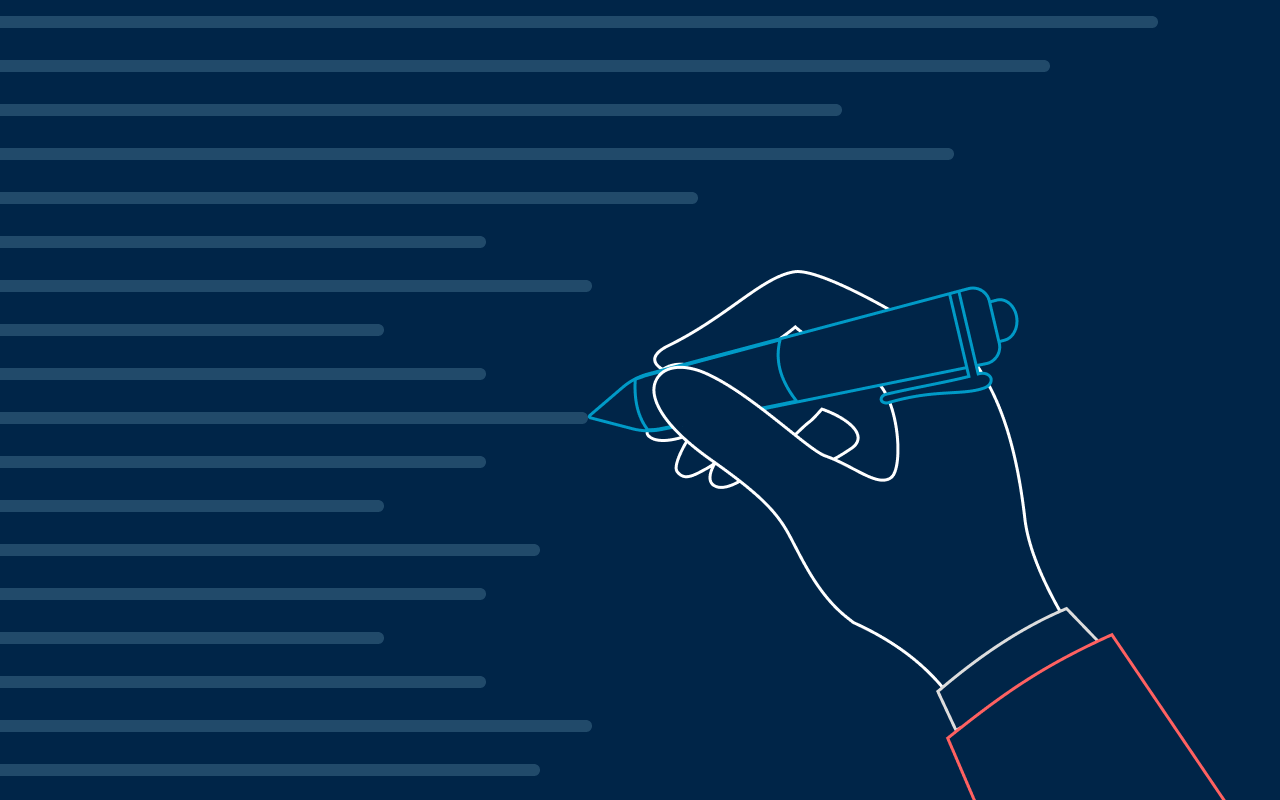In today's digital age, technology has become an integral part of our daily lives. From online shopping to remote learning, we rely heavily on the internet and digital devices for various activities. However, not everyone has equal access to these technologies, which can lead to social exclusion and inequality. E-inclusion is the concept of ensuring that everyone has equal access to technology and can use it to participate actively in society.
Tackling digital inequality with four pillars
The COVID-19 pandemic made existing inequalities in technology and internet access more noticeable and maybe even worse. For example, governments and businesses were forced to push their operations to online services during the pandemic. Still, after the pandemic, companies, in particular, saw opportunities to keep their local branches and offices shut for cost-saving purposes and push for online services. This widened the gap between people with good access to digital resources and those without. Many schools, jobs, and important services went online, creating disadvantages for people without reliable internet or (good) devices. This was especially the case for those with low income. Finally, because so many people had to learn to work or study from home, more differences arose between those who were comfortable with digital tools and those who weren't.
The issue of the digital divide is multifaceted, and to address it effectively, we can identify four crucial pillars that serve as the basis for building an inclusive digital society:
Pillar 1. Infrastructure: The first pillar of e-inclusion is the availability of essential infrastructure such as Wi-Fi, internet, and digital devices. Without these basic necessities, individuals cannot benefit from these technological opportunities. Governments, businesses, and organizations must ensure that adequate infrastructure is available to all members of society, regardless of socioeconomic status. Access to the internet and devices is fundamental to solving the digital divide, but it doesn’t stop there. Luckily governments and internet providers are aware of this issue and try to provide free or discounted access through libraries or midfield organizations. Also, they provide the option to receive a discount on your home internet packages. You are eligible for such a reduction if you have a low income or are disabled.
We can always go a few steps further. Sweden, for example, has demonstrated effective implementation of the Universal Service Obligation (USO). The USO mandates that all telecommunication providers provide essential access to the Internet for all citizens.
Pillar 2. Skills Development: The second pillar of e-inclusion is supporting individuals in developing digital skills. Not everyone is familiar with using digital devices or navigating the internet. Hence, providing training and support to develop these skills is crucial to enable individuals to take advantage of technology fully. This includes training young people and adults to help them use technology effectively and safely. There are a lot of people out there that have difficulty working with technology, so it requires a lot of time and effort. Luckily there are many local and regional organizations working on this pillar. Saamo, for example, an organization we team up with, helps people with their online banking questions or issues with their telecommunications provider.
Pillar 3. Network: The third pillar of e-inclusion is the availability of a support network. Many individuals may not have a network to turn to when faced with technological challenges. A community of tech-savvy people who can provide guidance and support can help bridge the digital divide and build a more inclusive digital society. This is a highly underestimated issue, but many people live quite isolated and don’t have friends or family to help them with their digital questions and challenges.
Pillar 4. Inclusion by Design: The fourth pillar of e-inclusion is designing products and services to be inclusive from the start. It means ensuring everyone, including those with disabilities or special needs, can use technology easily and comfortably. This requires considering accessibility features in design and development processes so no one is left behind.
As a product development agency, this is one of the pillars we impact most. So let’s move on to what a company can do to help resolve this problem.

Why do companies need to care about digital inclusion?
One major advantage is that it can lead to better digital products, products that are more user-friendly and accessible to a wider audience. By implementing e-inclusive practices, companies can ensure that their products are designed with the needs of all users in mind, including those with disabilities but also people who are less or not tech savvy.
In addition, focusing on e-inclusion can help companies make the most out of physical devices by utilizing cutting-edge technology. For instance, Apple devices have features such as assistive technology, where users can crop a photo by simply frowning or raising their eyebrows or even control their phone by sticking out their tongues. This demonstrates the innovative potential of what we can do with technology and highlights how it can enhance the user experience for everyone, regardless of ability.
Another advantage of embracing e-inclusion is attracting high-performing employees passionate about working with cutting-edge technology and enjoying a challenge. By actively prioritizing accessibility and inclusivity in your products and services, companies can signal to potential job candidates that they are committed to innovation and positively impacting society. This can lead to a more purposeful and fulfilling job for employees, who can take pride in knowing that their work contributes to a greater social good.
For example, one of our colleagues created a tool for preventing epileptic seizures using an advanced Machine Learning model. He came up with the idea because one of his friends suffered from epilepsy. By detecting flashing images in a series or a movie, the person suffering from epilepsy will be prevented from seeing these images and, therefore, from having a seizure. Read all about this example in this blog post.
Another incentive to work towards accessible digital products and services is that the European Union has enacted legislation to promote web accessibility, including the Web Accessibility Directive and the European Accessibility Act. The former requires all public sector websites and mobile apps to comply with WCAG 2.1 Level AA, while the latter aims to harmonize accessibility requirements for a wide range of products and services offered by private companies. These measures reflect the EU's commitment to e-inclusion and ensure everyone can access and benefit from online services. So it is only a matter of time before some of these guidelines become mandatory, and we suggest that you and your company stay ahead of the curve.
Overall, embracing e-inclusion can offer a range of benefits for companies, including better product design, improved user experiences, and increased workforce diversity. As technology evolves and advances, businesses need to recognize the importance of accessibility and inclusivity to remain competitive and relevant in today's digital age.
On March 26, we're hosting a free Bits + Bites session about e-inclusion and accessibility. Maybe you're interested in coming? Here are some details!
- March 26
- icapps HQ, Antwerp
- The session will be given in Dutch


